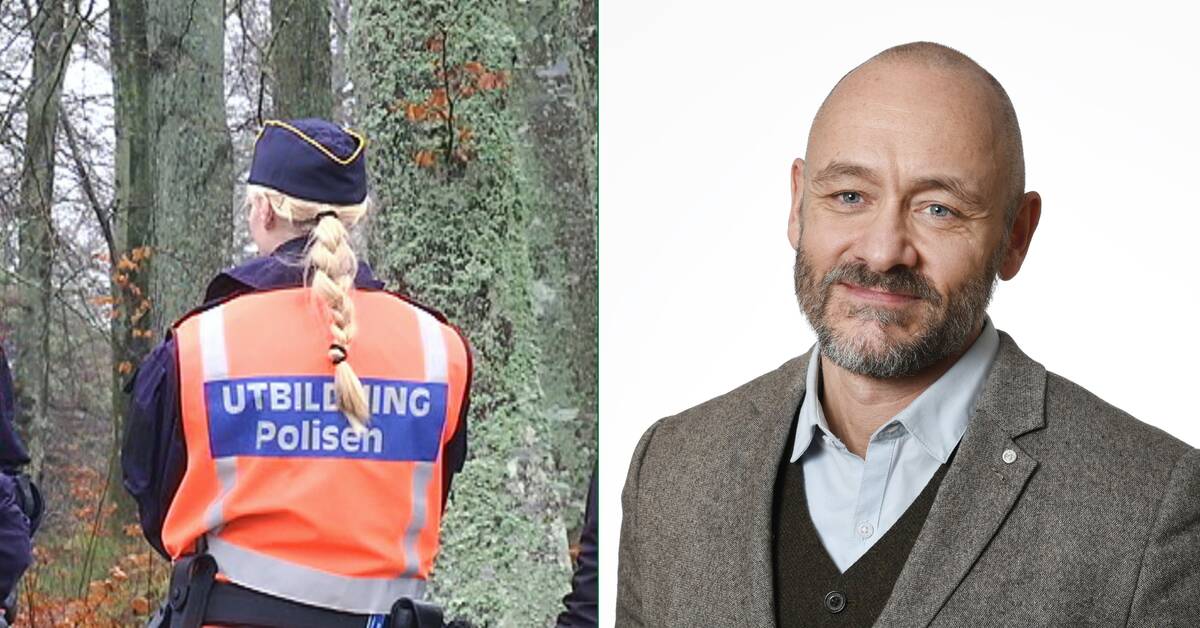When a new batch of students began their police training in January, just over one in three chairs was empty.
Malmö follows the national average with only two out of three educational places filled, while in Borås almost 90 percent is filled.
- Today we have five different universities and there we see that there are variations between them.
Among other things, we work to even out the places, so that we have the most places where most people apply, says Max Lutteman, acting head of work environment and health at the police.
Despite the many vacancies, there is no shortage of interest in education.
- There are a record number of applicants, and we assume a record number.
Then we need to increase it and adopt even more, says Max Lutteman.
A small proportion get through
Last year, 28,736 applications were made for police training.
However, by the time the admissions process was completed, only 1501 people had been approved to start training.
- We set high standards, and there are very high standards in a broad area.
This means that relatively few meet the requirements fully, says Max Lutteman.
This is how more people will be admitted to the education
To address the problem, several efforts will be made in the spring.
For example, the requirements for entering the education have been reviewed and adapted.
The requirements profile consists of three parts, a physical, a mental and a medical.
The physical is largely unchanged, while the medical has been adapted to the current state of research.
The psychological part has also undergone a clear change.
- Previously, we went after a competence profile for finished police.
It was a bit fuzzy and difficult to relate to.
Now we are more precise and have formulated what qualities are required to start the education, in order to then be able to develop, says Max Lutteman.
In the clip, you will hear more about how the police work to attract more people to the training.

